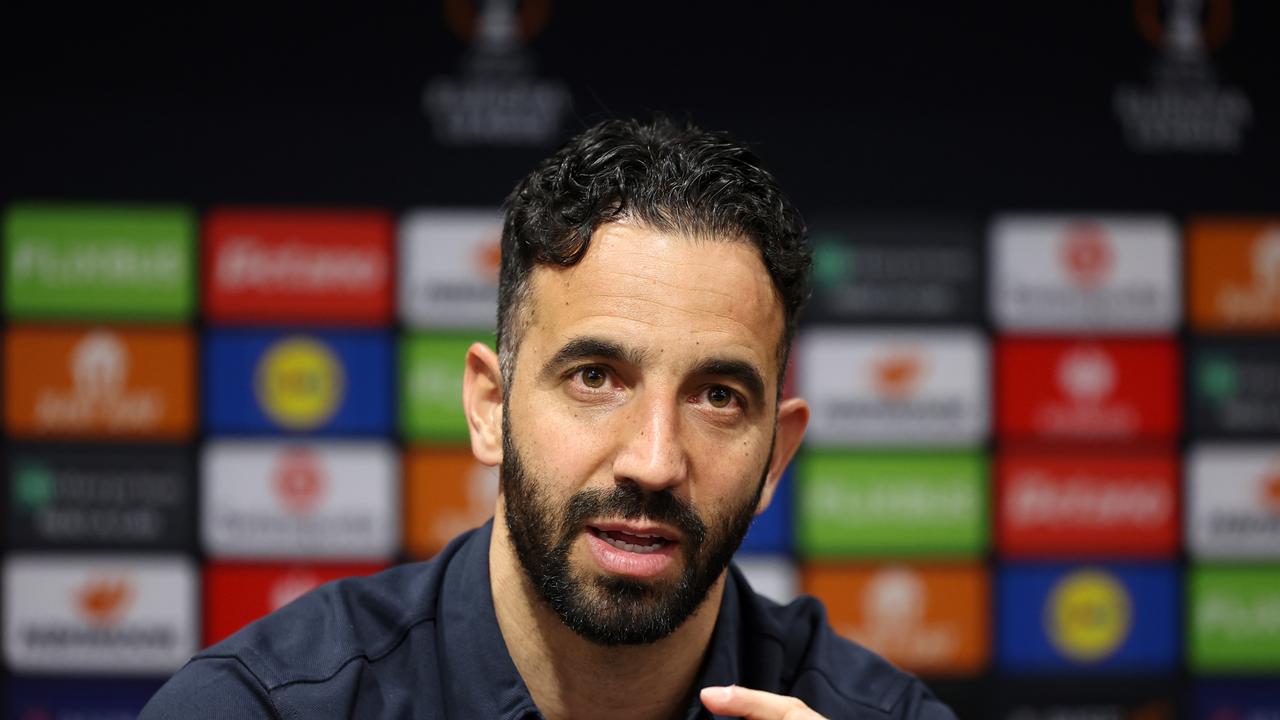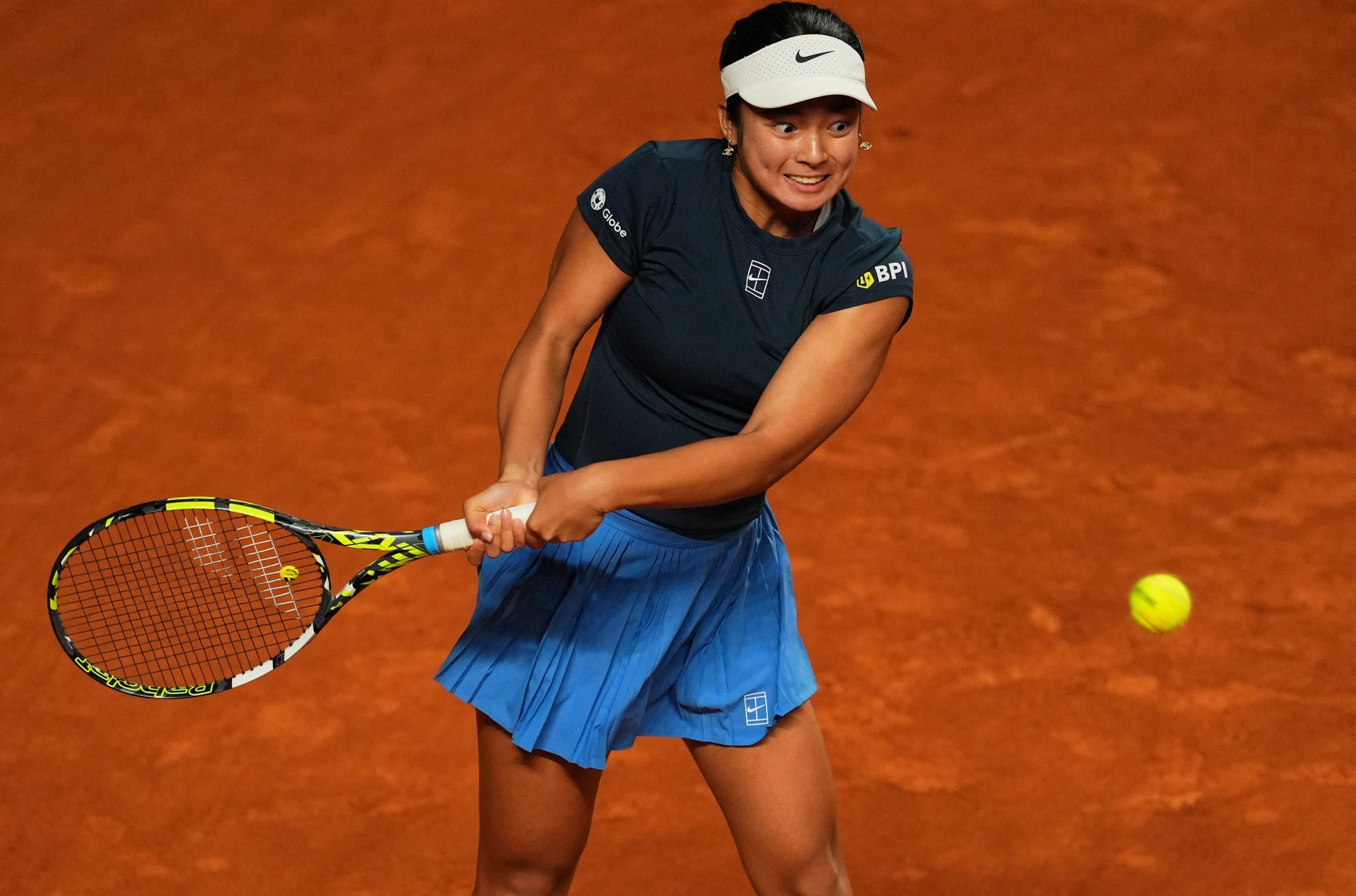Why Monaco GP’s exclusive trophy trunk is now standard in F1… and League of Legends

The Athletic has live coverage from the 2025 Monaco Grand Prix.What do the Olympic flame, Ballon d’Or and Monaco Grand Prix winner’s trophy have in common with multiplayer battle arena game League of Legends? It’s the cases these trophies are delivered in. And, these days, they’re very visible.Since the start of 2025, the winning trophy for each Formula One event has been displayed on the grid ahead of the race start, white-gloved attendees at the ready. This is the first year of the partnership between F1 and LVMH, the luxury goods powerhouse that owns brands including Louis Vuitton, Christian Dior and TAG Heuer. But the trophy trunks, which have a deep history dating back to the 1800s, aren’t actually new for the Monaco Grand Prix. Louis Vuitton previously had a race-specific deal with the Automobile Club de Monaco from 2021-2024.AdvertisementThese trunks are also seen in similar presentation ceremonies across sport. From soccer (with the Ballon d’Or and FIFA World Cup trophies), the rugby union World Cup, tennis (with the Roland Garros and Davis Cup winners’ trophies), and basketball (the NBA’s Larry O’Brien Trophy).The trophy trunks are handmade at Louis Vuitton’s atelier in Asnières, France, located just outside of Paris. Louis Vuitton, the designer, founded this atelier – an artist’s workshop – in 1859, five years after creating his House and long after he pioneered his now-famous trunk luggage design. The Frenchman spent 17 years perfecting the concept of a flat-topped rectangular trunk, the first of its kind, from which the trophy trunks take their cues. The original design proved easier to stack on ships or trains compared to the domed luggage pieces that were otherwise common in the 1800s. The flat-topped trunks and the distinctive canvas, a resistant and lightweight material to wrap the trunks, were created in 1854.As rival fashion companies began replicating Vuitton’s idea in their own forms, the House needed to expand the trunk over the years — with a red-stripped canvas coming in the 1870s, a chequered Damier canvas in 1888, and the now iconic monogram in 1896. This was a concept that came a few years after Vuitton’s death. The monogram was designed by his son, Georges Vuitton. In addition to his father’s initials, “abstract floral shapes” are etched on the materials. According to the House, the trunks as we know them today are “virtually identical” to those being produced as early as 1906.Louis Vuitton’s trophy boxes have been used for multiple events recently (via LVMH)Some Louis Vuitton’s luggage trunks cost north of $50,000 today. And in 1983, the brand took its iconic concept into the sporting world for the first time — creating a trophy case that looks like a luggage trunk for the America’s Cup in sailing.This partnership is still going in 2025. Louis Vuitton expanded from there, to even create an E-sports trophy for the League of Legends 2019 World Championships. A year later, it became the NBA’s official trophy travel case provider, housing the Larry O’Brien Trophy given to the winner of the NBA Finals each year. That trunk features details special to the NBA, such as the interior being the league’s dark blue.AdvertisementLouis Vuitton created trunks for the 2010, 2014, 2018 and 2022 FIFA World Cup trophies, and the House is poised to have a similar consistency in F1 with LVMH’s 10-year deal. Louis Vuitton’s automotive ties actually date back to 1897, when the House began creating luggage trunks for such travel. In the 1990s, Louis Vuitton also organised its own rally — the Louis Vuitton Classic Run.Why this matters for F1First, this is another example the fashion industry’s growing involvement in F1 and how luxury brands are finding ways to invest in the sport’s expanded and more diverse fanbase. H. Moser & Cie is a partner of Alpine, after executives cold-emailed the watch company with the idea of teaming up — according to The Hollywood Reporter. Richard Mille is involved with McLaren and Ferrari, and beauty companies such has Charlotte Tilbury and Elemis have begun investing in F1 Academy and Aston Martin, respectively.For Louis Vuitton, use of the trophy trunks takes its involvement with F1 beyond simple branding around different parts of the track, as is the case for many of the championship’s other partners. These trunks have become symbolic parts of the pre- and post-race festivities, as individuals don white gloves to carry the trophy case into position at the front of the grid and near where the drivers stand for the host country’s national anthem. It’s a reminder to the drivers — if they really need it — of what’s at stake.Simply put, this is a visual representation of how F1 has changed under Liberty Media. The LVMH deal meant Rolex stopped being the championship’s official timekeeper at the end of last year — with a TAG Heuer clock now installed at the end of every pitlane instead.But, in the constant strive for sales, such deals cut both ways. Companies such as Louis Vuitton are now using F1’s reach to find new customers. A report in the New York Times last year stated that “the sports-sponsorship market is expected to grow from $63.1 billion in 2021 to $109.1 billion by 2030 as a host of new sponsors — such as sports betting and streaming giants — buy in.”Advertisement“Exclusivity is the central reputation pillar of all luxury brands,” states a report from London-based media analytics company Commetric. “The illusion of scarcity and rarity is what drives consumer demand towards luxury goods, even more than quality.“But analysing (conversations on social media platform X), we found that in this case, exclusivity was the least visible LVMH reputation pillar. Instead, the discussions around things like Louis Vuitton medal trays.”Louis Vuitton’s logo is very visible around F1 this season (Santanu Banik/Speed Media/Icon Sportswire via Getty Images)The report added that “by being everywhere at such a mass-appeal event, LVMH and its brands conveyed a message that goes against every luxury comms strategy – ‘our products are as accessible as beer and sneakers’. It seems like LVMH is becoming part of a larger strategic push into mass sports by the world’s top luxury companies.“With the luxury industry in trouble, they realised that a growing share of their business depends on aspirational consumers they can reach through hugely popular events that ditch old-school exclusivity—some 60 per cent of global luxury sales today come from people who spend less than €2,000 a year on luxury goods.”This is all a far cry from back in 2014, when former F1 supremo Bernie Ecclestone claimed he limited sponsorship signings to those targeted at older customers. He went as far as saying, in a typically combative interview with Campaign Asia-Pacific magazine that “young kids will see the Rolex brand, but are they going to go and buy one? They can’t afford it. Or our other sponsor, UBS – these kids don’t care about banking. They haven’t got enough money to put in the bloody banks anyway. That’s what I think.”Now, F1’s current custodian, Liberty Media, has greatly expanded its sponsorship portfolio. These days, F1 even has official chocolate and pasta partners — in an effort similar to LVMH to try and reach a new consumer base amid turbulent market pressures.This explains why longstanding F1 traditions such as the Rolex clock shot at the start of every on-track session have changed. And the championship’s TV cameras are now trained on the race trophy and its case before lights out.Advertisement“This year kicks off our first participation at the Monaco Grand Prix within the Formula One partnership, unveiling, for the first time, our new creative signature along Monte-Carlo’s legendary track, while also celebrating the fifth appearance of our emblematic Trophy Trunk,” said Pietro Beccari, Chairman and CEO of Louis Vuitton, in a written statement to The Athletic.“We are proud to carry history forward, reaffirming our enduring tradition of accompanying champions, as we did for prestigious sport events, such as the Australian Open, the Ballon d’Or, and the Paris 2024 Olympic Games.”(Top photo: Song Haiyuan/MB Media/Getty Images)




.jpg)








